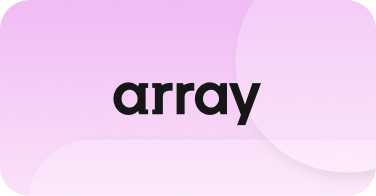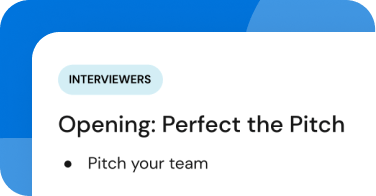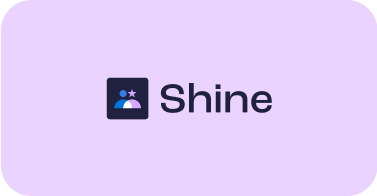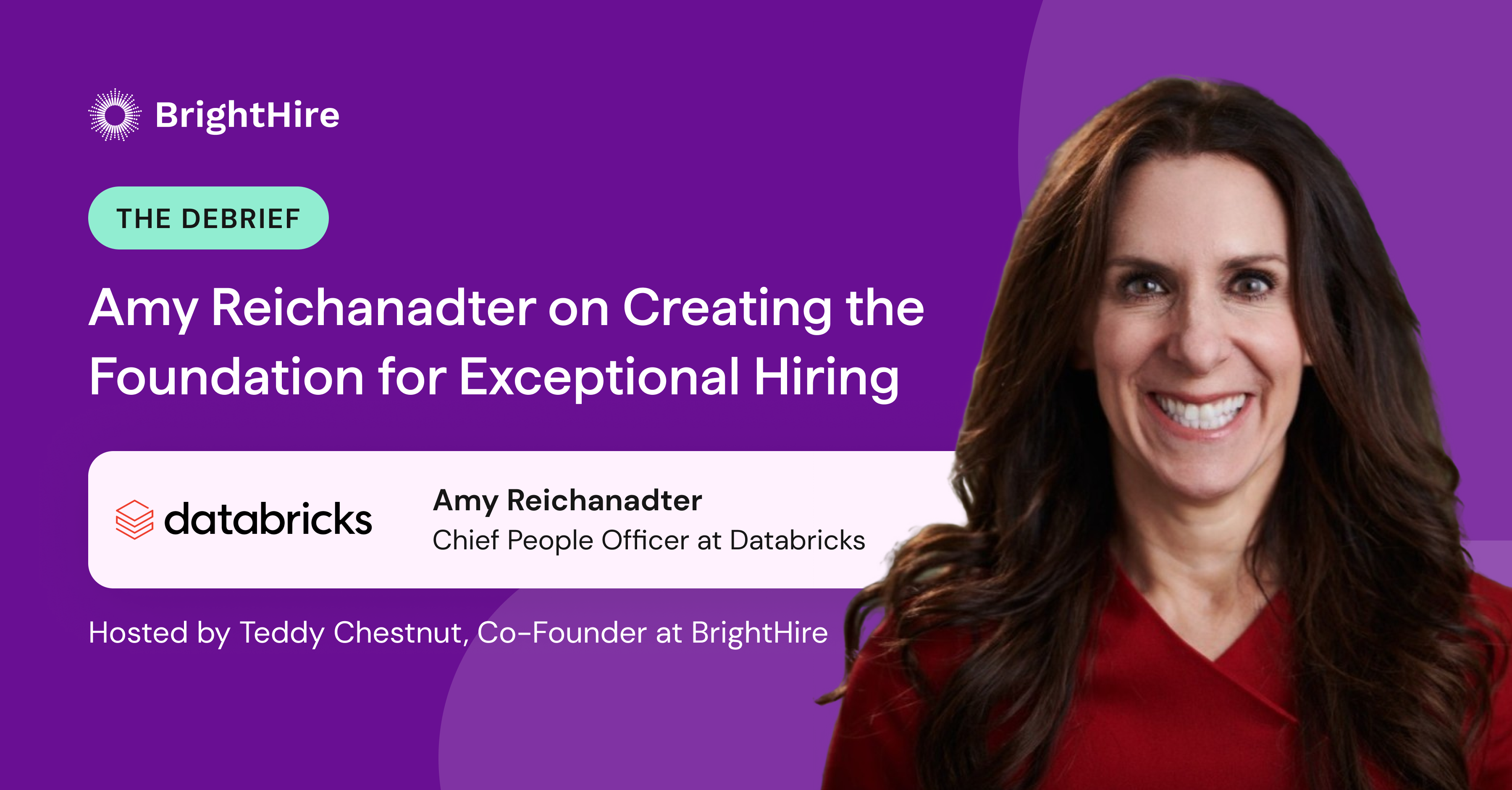Hiring the right people helps your company thrive. Hire the wrong people, on the other hand, and you face employee turnover. Aside from the productivity impact caused by turnover, it’s seriously expensive — six to nine months’ salary per position.
Beyond the risk of turnover, the current job market is brimming with opportunities, and providing a top-notch candidate experience is essential to attracting top talent.
We’ve collected five ways to improve your interviews — respect, equity, culture add, transparency, and proactivity — that can up-level your candidate experience and make it easier to attract talent.
Audit your existing interview experience
A company needs to first determine what’s wrong with its current interview experience before moving onto solutions. We recommend assembling a group of stakeholders and discussing the prevalence of these common issues in your org:
Poor communication when scheduling
Appealing to candidates is impossible if they feel like you’re playing cat and mouse. People are busy, and schedules are up in the air — don’t let a missed meeting cost you the right person.
Implicit bias in hiring
Bias isn’t just ugly — it’s also expensive. At Fortune 500 companies, it’s estimated that discrimination in hiring can cost companies north of 2.8 million dollars annually. So, even if you think you’ve “solved bias” in hiring, you might still be suffering from implicit bias which can hurt your bottom line.
Not asking “soft” questions
If you’re only focused on what the candidate will be doing on the job and not how they’ll thrive in your work environment and gel with the team, you’re doing yourself (and the candidate) a major disservice.
Not letting the candidate ask questions
Potential hires have a thousand questions, and an hour is only so much time to get those questions out. Always make sure you allow the candidate to ask what’s on their mind before each interview ends.
Not refining your processes
Albert Einstein said, “Once you stop learning, you start dying.” The same is true of hiring. There’s always progress to be made, so continue to refine your hiring processes based on outcomes and any available data.
Five ways to improve your interviews
Every talent leader likely shares the goal of improving their interview process so it’s more appealing to candidates. Most of the time, however, a complete overhaul is unnecessary. Rather than wiping the slate clean, start with a few strategic changes that can quickly make a positive impact.
1. Align on topics and questions to get the most out of every interview
Interviewing for a role requires a significant time commitment, and one of the best ways to show a candidate that you appreciate their sacrifice is to avoid duplicate questions.
Start by meeting with the hiring committee and confirming that the same question isn’t being asked twice. Ensure that the questions being asked at each stage can adequately determine if that candidate should proceed to the next round. Ultimately, every step of the candidate’s journey should reveal something new and significant.
For example, save broad questions for the phone screen: Ask about their experience and qualifications and get a high-level overview of them as a candidate. For the next round, get more specific about the role itself. Finally, If there’s a third round, questions can center around cultural fit, start dates, and other logistics.
2. Tackle implicit bias proactively
The University of Florida has identified four different types of bias that might be lurking in your hiring process. Our previous research highlighted some ways in which men dominate interviews, consciously or unconsciously:
“When men interviewed women, they spoke 30% more words than they did when talking to another man,” the study reads. It goes on to say that meetings between men lasted 15% longer than meetings when a woman was the interviewer, and when interacting with women, male interviewers dominated 60% of the discussion.
So how can you reduce implicit bias and provide a better interview experience at the same time?
- Write job descriptions that avoid gendered language.
- Use phone screens before in-person or video interviews to help cut down on potential nonverbal biases.
- Conduct panel interviews so one person’s bias can’t overshadow the entire decision.
- Consider using an interview intelligence platform to add structure and make sure interviewers aren’t asking problematic questions.
3. Move past culture fit to culture add
Someone who is a good culture fit is perceived to be well-equipped to succeed within your organization’s values, framework, and work environment. Unfortunately, the term “culture fit” is sometimes misinterpreted to mean hiring someone you think you could be friends with. Hiring for this definition of culture fit can introduce bias and reduce your organization’s diversity.
Focus instead on the skills and attributes someone can bring to your workplace that aren’t already overrepresented. That’s where culture add comes in. Try asking questions like:
- What ignites their passions?
- Does the candidate embody your company values, or do they simply echo company culture?
- Do they work collaboratively or independently?
- What initially drew them to this role?
There’s a list of great cultural and personal questions here.
4. Let candidates have the last word — and then offer a second opportunity to ask questions
It’s standard practice to ask for questions toward the end of the interview. Not only does this simple act communicate a respect for the candidate’s time, but it also helps gauge a candidate’s curiosity, values, and how much research they’ve done on your company. A great interview experience should also include providing an email address in case the candidate has any lingering questions afterward.
5. Collect post-interview feedback
Post-interview feedback is crucial to refining your hiring process. Sometimes candidates don’t work out, and sometimes competing offers win out. The important takeaway from all these interactions is to gain insights that can improve the process in the future.
A tried and true method to collect feedback is to utilize post-interview surveys and exit interviews to fine-tune your processes. In your surveys and interviews, ask questions like:
- Was the job description accurate?
- What were your first impressions of the team and company?
- Did the recruiter or hiring manager get in touch with you in a reasonable amount of time?
Hiring shouldn’t be a gauntlet
Transparency in scheduling, interviewing without bias, evaluating for cultural fit, answering questions outside the interview, and collecting consistent feedback are all tentpoles of a great interview experience.
These tactics all boil down to being helpful, respectful, and transparent. In other words, create the experience that you’d want to experience yourself—it’s really that simple.














